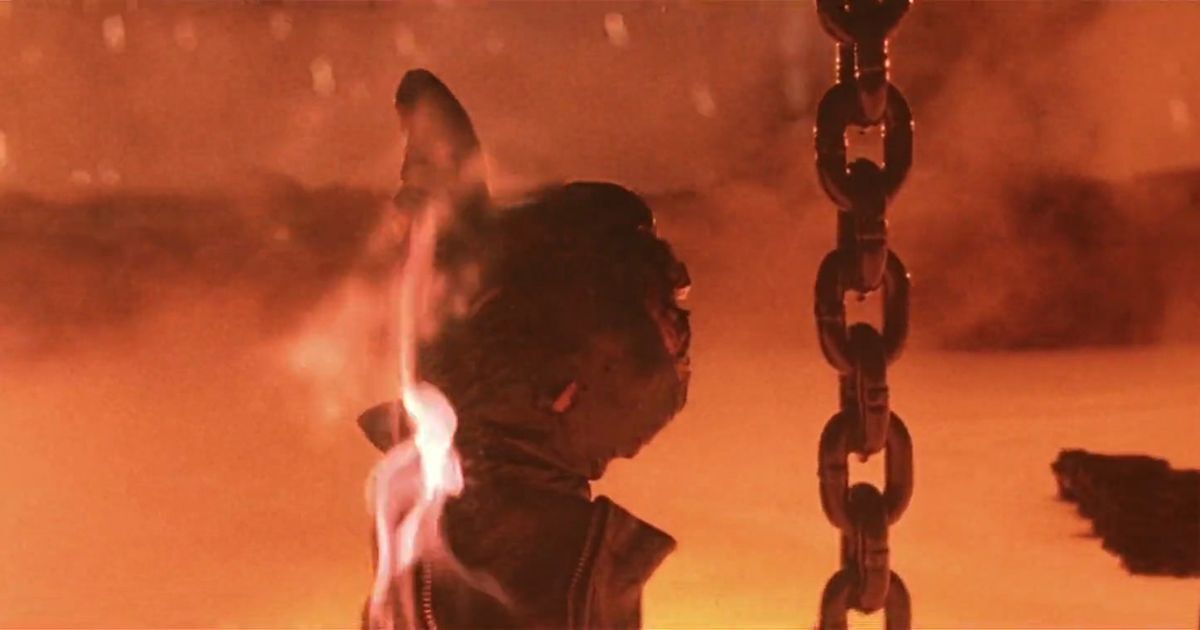I dunno, that article feels really forced. Sure, they’re all Sci-Fi tropes, but they can all be used effectively or lazily. I can’t think of a single classic that doesn’t employ some, if not all of these tropes but they are still great. I can think of dozens that use them poorly.
I think the issue is more good writing vs. bad. Good writing recognizes the trends the audience is familiar with from the genre and incorporates them in a unique way, building on them creatively to give the audience something new.
deleted by creator
Anatomically Correct Aliens
My only memory of work where this isn’t the case, is China Mieville’s Perdido Street Station, where the MC is partnered with (in simple terms) an ant. He doesn’t go into much about the mechanics of the relationship (thankfully), but it’s an interesting and original idea, executed with his trademark lack of explanation or exposition. It’s just introduced almost as a throwaway detail; part of regular life in New Crobuzon.Recognisable Tech
There’s an obvious limit to how futuristic tech can be without making it _un_recognisable. Something like the optical transfer of files from one screen or device to another, such as appears in Minority Report and which has become ubiquitous in the 20 years since, is instantly grokked without needing to understand exactly how it works. More advanced tech has two potential problems: how to represent it, and how to recognise what it is. What would a direct neural interface look like on-screen? Improvements in wearable tech are eminently predictable. What they’ll look like, if they’re visible at all, not so much. And it’s too easy to criticise writers/directors for utilising today’s tech, when guessing what tomorrow’s will be is either extremely difficult, or risks early ridicule when the guess takes a wrong turn.



